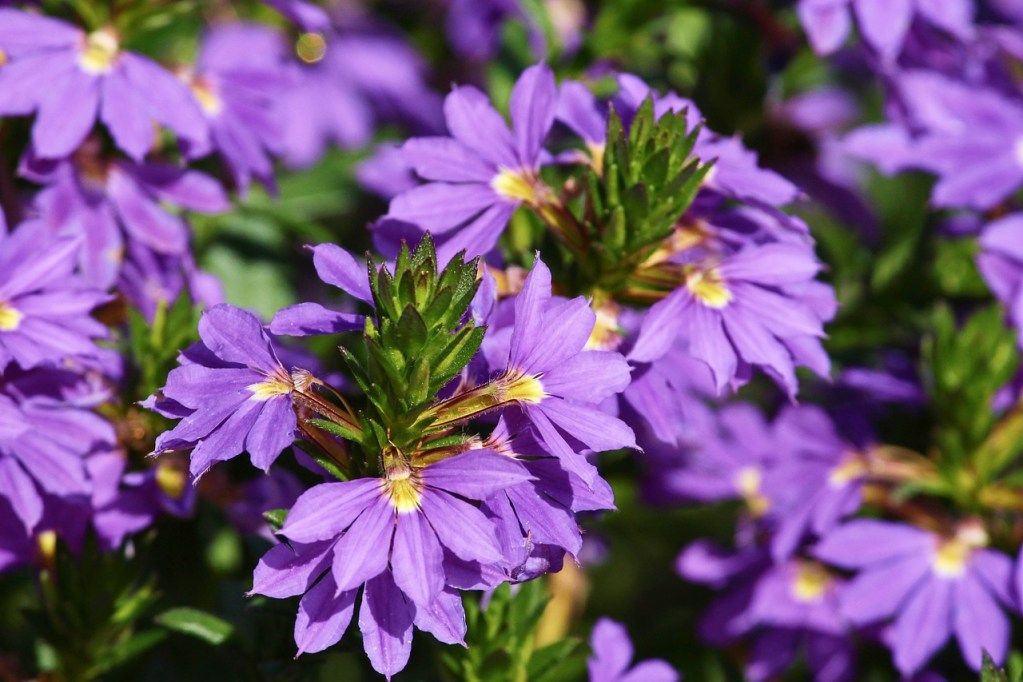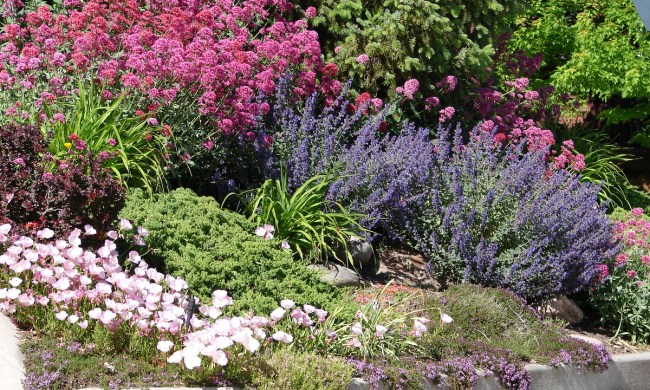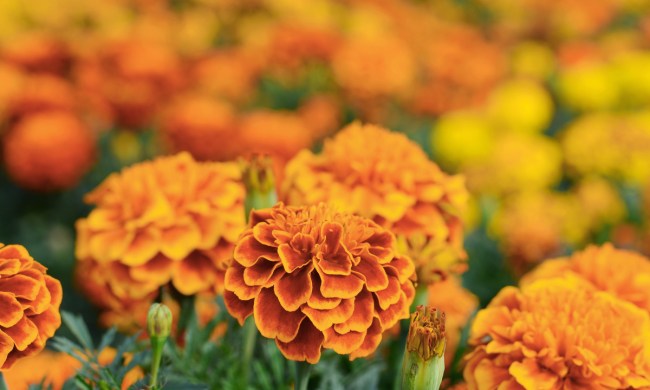There are many factors that can make a plant appealing. Some have bright colors or interesting patterns, others have odd textures, and some have strong scents or flavors. Whether your garden has a specific design theme or aesthetic or you plant anything that catches your eye, we have a unique flower that you’re sure to love. Scaevola, also called fan flowers, are appealing for their unique shape. Curious about this interesting flower and how you can grow it for yourself? We’ll answer all your fan flower questions in this scaevola care guide.
What are fan flowers?
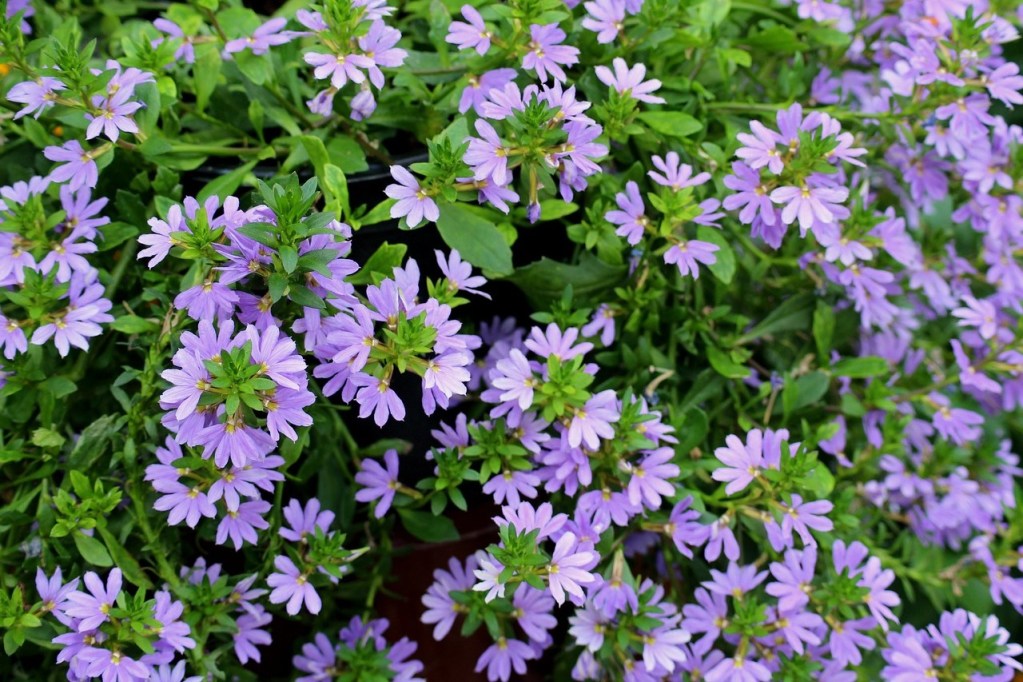
Fan flowers are tropical plants native to the Polynesian islands and Australia. This gorgeous, low-lying shrub is sometimes also called beach cabbage and sea lettuce, along with the Hawaiian names naupaka, aupaka, and huahekili. There are many species of scaevola to choose from, with varying heights and flower colors (although the most common colors are white and purple), but the main draw of these plants is their fan-shaped flowers.
Although fan flowers are perennials, they grow as summer annuals throughout most of the U.S. They can also grow indoors or in a greenhouse with some effort. Not only do they produce beautiful flowers with lovely scents, but this plant also grows fruit!
Planting scaevola

Plant your fan flowers in full sun, or place indoor containers by your sunniest window. Their love of sun can be a challenge for indoor plants, so you may need a grow light to supplement the natural light. They can tolerate a little shade, but you’ll notice longer, thinner stems and fewer flowers. The soil should be a well-draining type. Fan flowers are highly adaptable and can tolerate most conditions, but they struggle the most with standing water. If you’re growing your scaevola in a container, be sure it has plenty of drainage holes.
Because of their relatively compact size, fan flowers are a great candidate for growing in containers and window boxes. If you don’t live in Polynesia, growing your fan flowers outdoors in containers can be a great way to protect them from the colder weather, since you can move them to a more sheltered place during cold weather. If you do live in Polynesia, then you can plant these lovely native flowers in containers or directly in your garden without worry.
Scaevola care
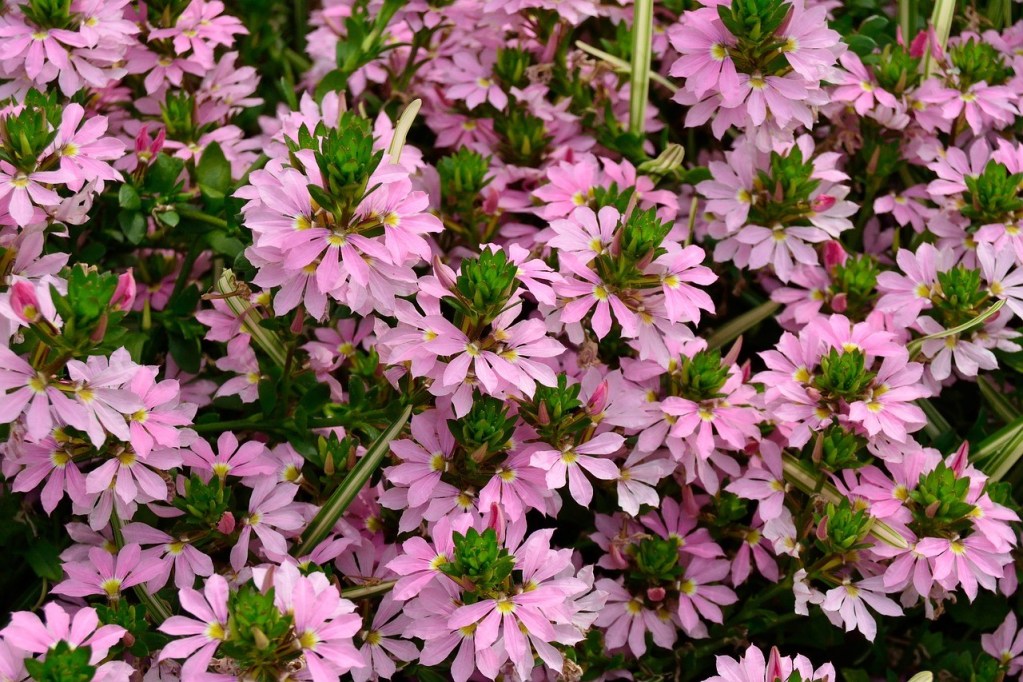
Once established, scaevola plants require little care. Fan flowers thrive in hot, dry weather, and are tolerant of mild to medium droughts, as well as heat and salt. Water your fan flowers only when the soil is dry to avoid root rot. Scaevola doesn’t need to be deadheaded or pruned, but you can cut the stems back if they become too leggy.
When growing fan flowers indoors, it’s important to keep them warm. Avoid placing them too close to drafts or air vents that could blow cold air onto them. You may notice leaves dropping as it becomes colder, but these should begin growing back when the plant is warm again.
Fan flowers are beautiful with a unique shape that can brighten up your late spring and summer flower garden. While you may not be able to keep them all year long unless you live in the tropics or are willing to bring them indoors, they still make an amazing addition to any summer garden. They aren’t just popular with people, either. Pollinators like bees and butterflies love fan flowers, too.
